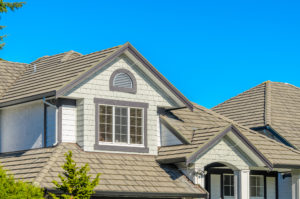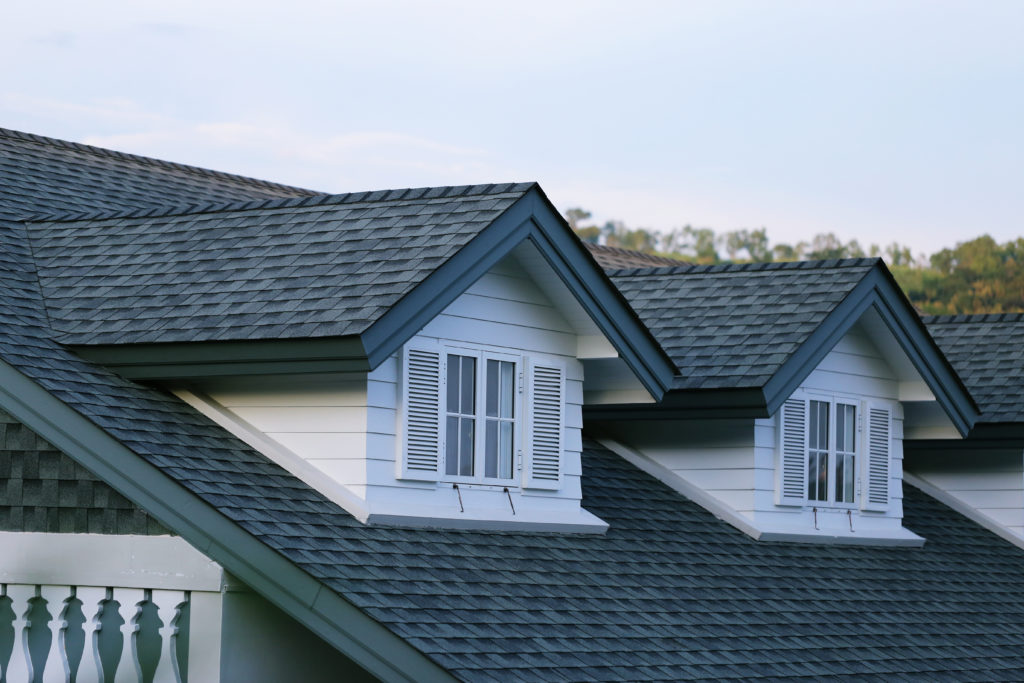

Are you looking for ways to reduce your energy bills? An often overlooked solution is investing in a new roof. A well-insulated and properly vented roof can help keep the air in your home at an even temperature year-round, leading to lower energy costs. We’ll discuss how your roof can help you save money on energy costs, what types of roofs are most efficient, tips for improving insulation and ventilation with existing roofs, shopping advice for those looking to buy a new roof that maximizes savings potential, and maintenance strategies that will ensure maximum efficiency. Read on to learn more!
Investing in a new roof for your home can be one of the best decisions you make. Not only does it provide added protection against the elements and improved energy efficiency, it can also increase your home’s value should you decide to put it on the market. A well constructed roof acts as a first line of defense from everything from rain and snow to strong winds, preserving the contents of your residence while looking good too. Roof materials these days are designed to last, giving you peace of mind that your investment will be worthwhile going forward. Furthermore, opting for newer roof, can reduce your carbon footprint and lower your energy bills in the long run.
Investing in your roof is a surefire way to save money on energy costs. Your roof plays an important role in maintaining the temperature of your home and regulating the amount of heat it absorbs from the sun. By adding insulation, you can more effectively keep the air inside your home cool during the summer months without running up your energy bill with air conditioning. Dark colored roofs can also be beneficial during winter months, as they absorb heat from the sun and transfer it inside to keep temperatures warm and minimize heating costs. Additionally, think about adding reflective coatings to your roof that will reflect ultraviolet radiation from the sun, reducing insulation needs and minimizing cooling costs. With these strategies in place, you could see a marked decrease in energy bills all throughout the year!
Understanding the types of roofs and their relation to energy efficiency is paramount when building or upgrading a home. That being said, correctly selecting an energy efficient roof can have a number of benefits, such as reducing heating and cooling costs and providing better overall home protection. Whether you’re seeking a more traditional asphalt shingle roof or looking into lightweight metal roofs that come in various styles, informed decision-making is key to striking the right balance between aesthetics and staying powered up. Before making any decisions, it’s important to consider associated installation costs, lifespan possibilities and potential maintenance needs that different types of roofs may provide. Educating oneself on the different types of materials and how they’ll perform under changing weather conditions can help ensure you reap the benefits for years to come.
Improving your existing roofs’ insulation and ventilation is an important step to keep your home warm and comfortable, as well as avoiding costly repairs. To maximize the efficiency of your roof, start by making sure there is no debris or blockages in gutters and downspouts, a common issue that can drastically reduce a roof’s performance. Additionally, inspect all caulking between openings such as vents, skylights and chimneys for cracking or damage and replace it if necessary. Improving attic ventilation is also key when boosting the efficiency of an existing roof. Make sure attic baffles are installed correctly with appropriate spacing to direct cold drafts outside, while allowing cool air from the eave to enter. A qualified professional can also help you check for any damage caused by extreme weather conditions and provide advice on installing insulation for increased energy savings. Taking these simple steps can go a long way towards keeping your home warmer during the colder months and cooler during the summer.
It is clear that investing in a new roof can have a big impact on your energy bills and carbon footprint, as well as providing better overall home protection. With the right materials and insulation you can ensure that your home remains comfortable throughout different weather conditions. Improving attic ventilation, inspecting caulking between openings for damage and replacing debris or blockages from gutters are all key steps to take when improving an existing roof’s efficiency. By following these tips, homeowners can save money on their energy costs while also reducing their environmental impact. Whether you choose to invest in a new roof or improve upon what already exists with insulation and other strategies, taking action now will pay off down the road!